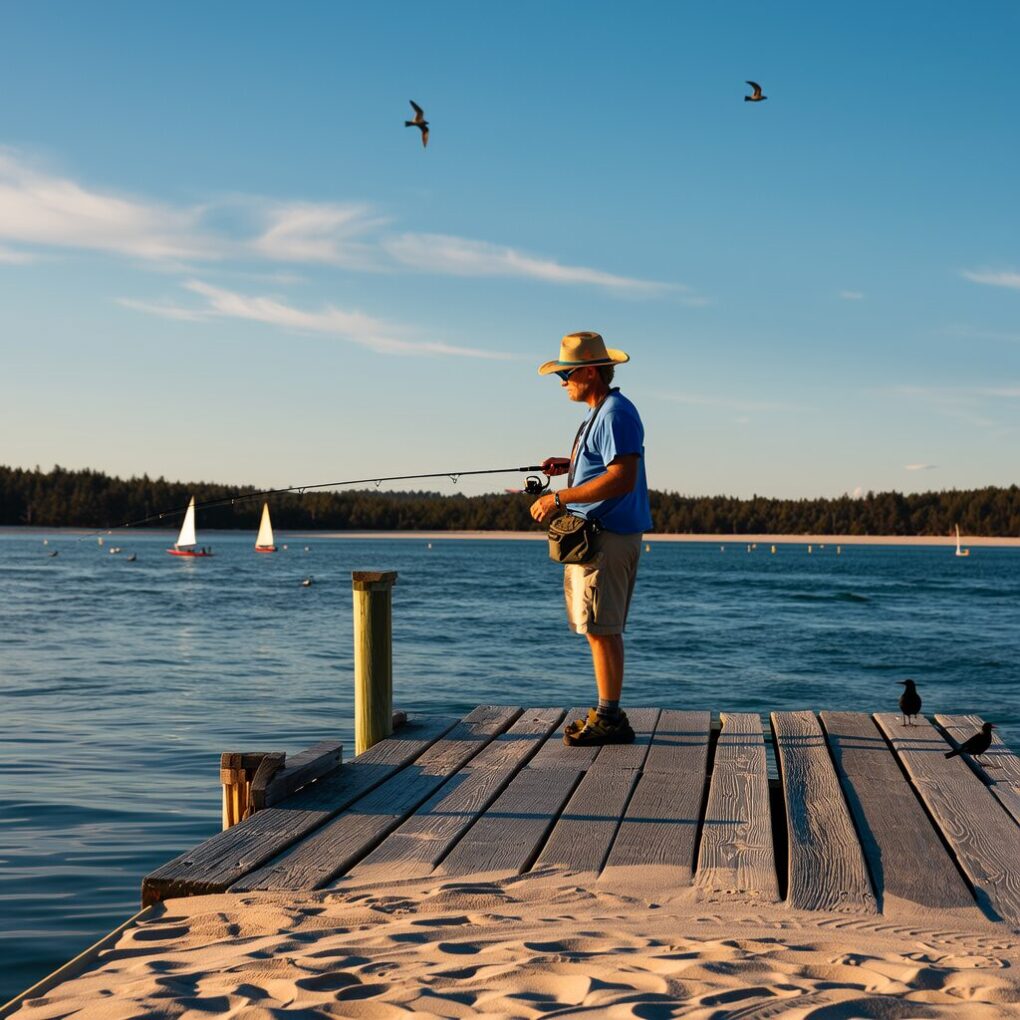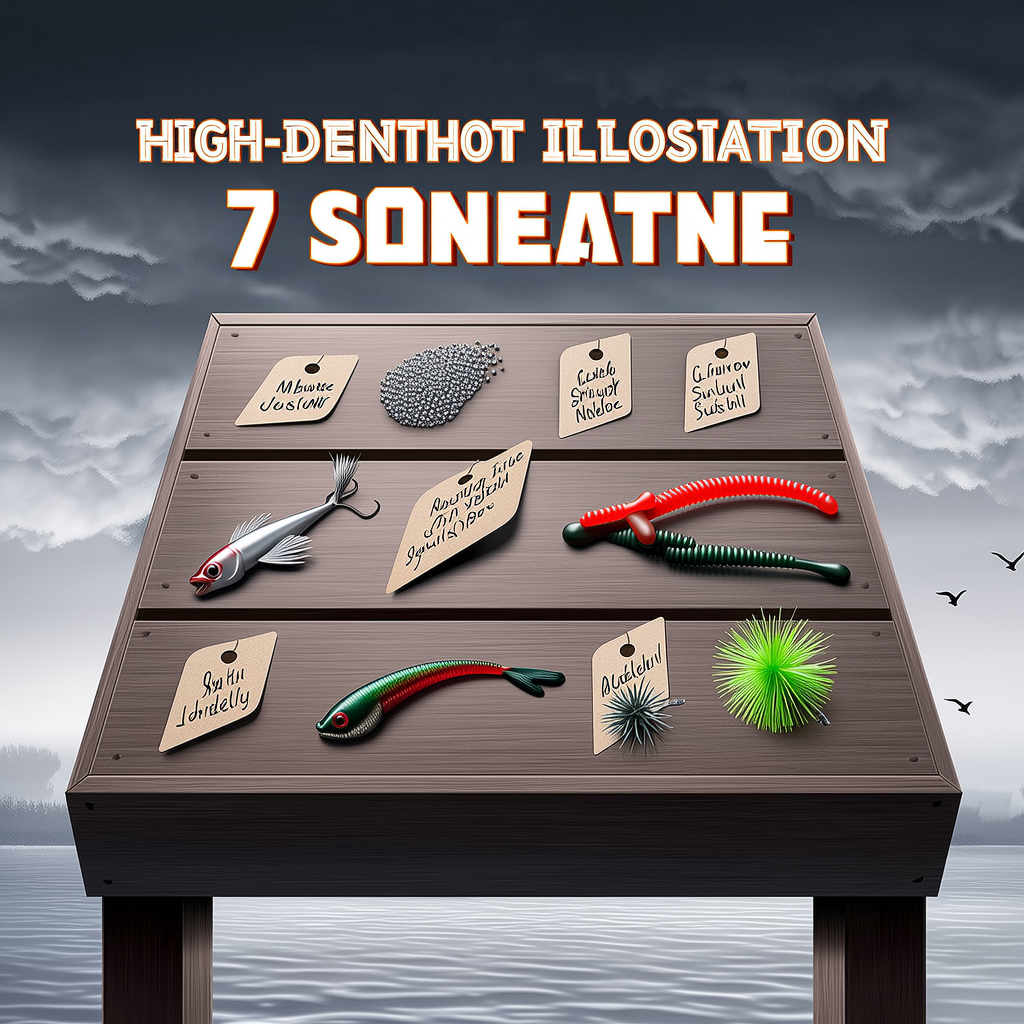Introduction
Welcome to the ultimate guide for snake head fishing. Snake heads are predatory fish that are known for their powerful bite and aggressive nature. This comprehensive guide will cover everything you need about snake head fishing including tips, techniques and equipment. Read on, whether you are an experienced or a novice angler. You will learn how to catch these amazing fish.
Understanding Snake Heads
What are Snake Heads?
Snakeheads are freshwater fish that belong to the Channidae family. They are native to the tropical and subtropical areas of Africa and Asia. Snake heads are often called “freshwater Monsters” because of their elongated body, sharp teeth and snake-like appearance. The snake heads are also known as Giant Snakeheads, Fringed Lip Snakeheads, and Toman.
Snake Head Behavior
Snake heads are top predators, known for their aggressiveness. They have a keen sense of vision, a high level of motion detection and a keen hunting instinct. Snake heads are spawning fish. Their spawning period varies according to the species and geographic location. Understanding their behavior is essential for successful fishing.
Popular Snake Head Species
Anglers are often interested in a variety of snake head species. Some of the most common ones are the Northern Snakehead, Bullseye Snakehead, and Striped Snakehead. Each species has its own unique characteristics and habitat preferences.
Chapter 2: Snake Head Fishing Methods
Selecting the Right Gear
The right equipment is crucial when it comes to fishing for snake heads. A spinning rod with a medium-to-heavy action, a reel with hefty capacity, and a fishing line that is suitable for the species are recommended. Snake head fishing is best done with monofilament or a braided line that has a test strength between 20-30 pounds. Fluorocarbon leaders are also useful in preventing line breakage.
Bait Selection
Snake heads are opportunistic and can be caught with a variety of baits. Live baits such as small fish, shrimp, frogs or frogs are great choices. Artificial lures like topwater frogs and jerkbaits are also effective at luring snake heads into striking. It is important to experiment with different lures in order to find out what works best for your local snake head species.
Casting and Retrieving Methods
Casting accuracy and presentation are important factors in attracting bites when snake head fishing. Target areas near lily pads or submerged vegetation. Also, target any structure where snakes could hide and ambush prey. Cast your bait in these areas and allow it to settle for a few seconds before beginning a slow retrieve. Snake heads can be aggressively attacked by sudden jerks and pauses in the retrieve.
Fishing at Different Depths
Snake heads are mostly surface-oriented fish. However, they can be found at various depths depending on factors such as water temperature and oxygen levels. Try fishing at different depths. Adjust the weight of your lures or adjust the weight of your bait. This technique is particularly effective in cooler months, when snake heads are more likely to move into deeper waters.
The Time of Day is Important
Snake heads are more active in low-light conditions such as early mornings or late evenings. They also tend to be more active on cloudy days. This can vary depending upon the species of snake head and the local environment. You can determine the best time for catching snake heads by monitoring water temperatures and observing their behavior in your fishing area.
Chapter 3: Snake Head fishing locations
Fishing in Natural Lakes
Natural lakes can be excellent places to fish for snake heads. Find lakes with a healthy ecosystem and abundant vegetation. Snake heads can be found in areas with lots of vegetation, especially lily pads. These fish are often found in shallow bays and lake edges.
Targeting Rivers & Streams
Snake heads can also be found in rivers and streams, especially in areas with stagnant or slow-moving water. Concentrate your efforts on fallen trees, submerged logging, and banks with overhanging foliage. Snake heads prefer calm water with lots of cover for hiding and ambushing their prey.
Ponds and Reservoirs
Anglers can catch snakeheads in ponds and reservoirs containing these fish. Verify local regulations and ask permission before fishing in restricted or private areas. Snake heads are often found in areas with submerged structures, weeds, or areas where tributaries meet the water bodies.
Chapter 4: Snake Head Fishing Tricks and Tips
Patience and Persistence
Snake head fishing takes patience and persistence. It may take some time to locate these elusive predators and attract them. Do not get discouraged if it takes a while to catch a predator. Continue to experiment with different techniques, lures, and locations. Your efforts will eventually pay off.
Stay Stealthy
Snake heads are sensitive to noise and can be easily startled if they hear loud noises or excessive movement. Avoid sudden movements and avoid unnecessary noises to increase your chances of catching fish. This will reduce the likelihood of snake heads noticing your bait and increase your chances of success.
Observe and adapt
While fishing, pay attention to the behavior of snakes heads at your target location. Watch out for signs like surface disturbances or movement in the water. Adapt your techniques to the natural prey and mimic it. Understanding their behavior can improve your chances of landing the catch.
Practice Catch and Release
Catch and release is important for the ecosystem. If you choose to keep a head of a snake for consumption, make sure you follow local regulations for handling and cleaning. Sustainable fishing practices are important for maintaining a healthy fish population.
Conclusion
Snake head fishing can be as exciting as it is challenging. Many anglers are attracted to these fish because of their strength and excitement when they strike. You can increase your chances of a successful snake-head fishing trip by following the tips and tricks in this guide. Remember to respect the local regulations and the environment. Most importantly, have fun fishing for these incredible freshwater prey!




